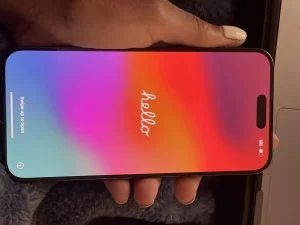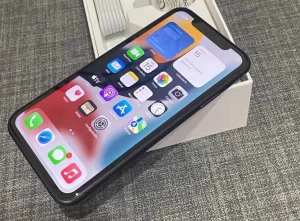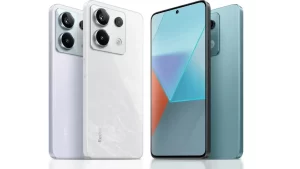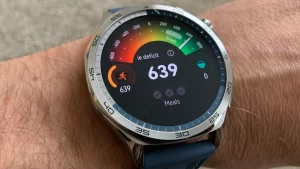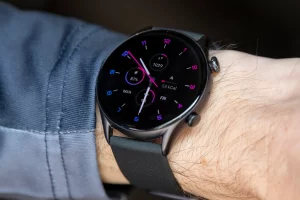A Comparative Analysis of Samsung Galaxy S24 Ultra and iPhone 15 Pro Max
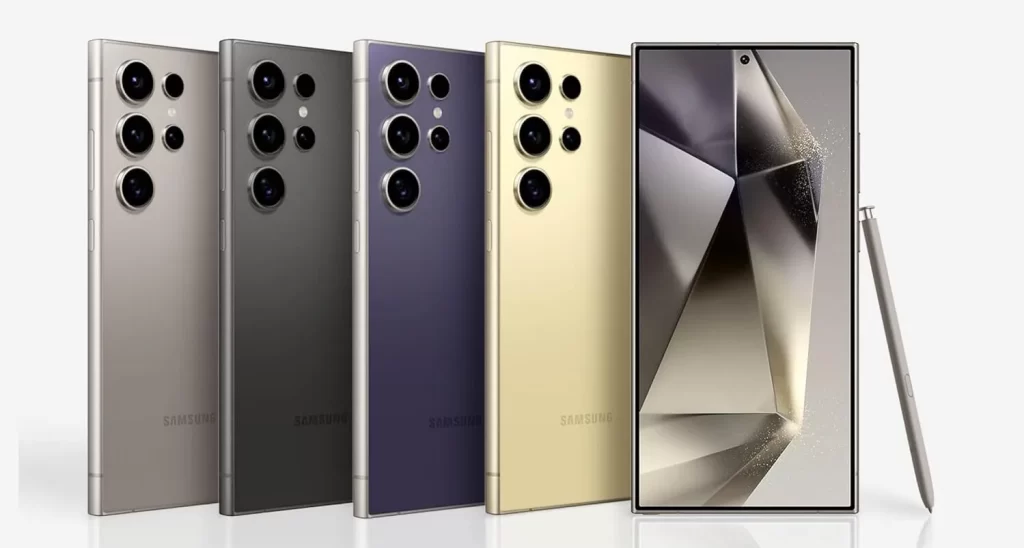
I recently had the opportunity to explore the Samsung Galaxy S24 Ultra, and I couldn’t help but notice several striking similarities with the iPhone 15 Pro Max. While some may argue that imitation is the sincerest form of flattery, my concern lies in the lack of originality in the Android market, specifically with Samsung’s latest flagship device.
Samsung’s decision to incorporate a titanium body and a flat screen display echoes the design choices of the iPhone 15 Pro Max. While it’s true that companies have the right to use similar materials, the question arises about the industry’s innovation and the tendency to follow established trends.
The S24 Ultra’s adoption of an always-on display and iOS-like wallpapers is another area of concern. However, it’s essential to note that these features were not pioneered by Apple. For instance, Nokia introduced the always-on display, and various Android devices have supported live wallpapers for years.
The $100 price bump from the S23 Ultra to the S24 Ultra, mirroring Apple’s pricing strategy, is highlighted as a concern. While price adjustments are common in the tech industry, this move raises questions about originality and the pursuit of maximum profit.
Camera Downgrade
The downgrade from a 10x to a 5x telephoto camera is pointed out, with an acknowledgment that early reviews suggest the S24 Ultra still performs well. Samsung’s continuous improvement in software is emphasized, challenging the notion of a mere copycat move.
The claim that OneUI 6.1 is 80% a copy of iOS 17 is disputed. The argument suggests that Samsung’s interface has maintained its distinctive Android identity, unlike Xiaomi’s MIUI, which is more reminiscent of iOS.
The absence of a charger and headphone jack is explained as a broader industry trend rather than a direct emulation of Apple. Oppo is cited as the first major brand to ditch the headphone jack, preceding Apple by several years.
The S24 Ultra’s similarity to its predecessor, the S23 Ultra, is defended with the notion of “if it ain’t broken, why change it?” Drawing a parallel, the iPhone’s design has also seen minimal changes since the iPhone 11.
Conclusion
The suggestion not to buy a $1300 Android phone is challenged, given the strong pre-orders and positive reception in European countries. The argument is presented as an unbiased analysis, questioning the notion of blind brand loyalty and emphasizing the importance of evaluating each device on its merits.

